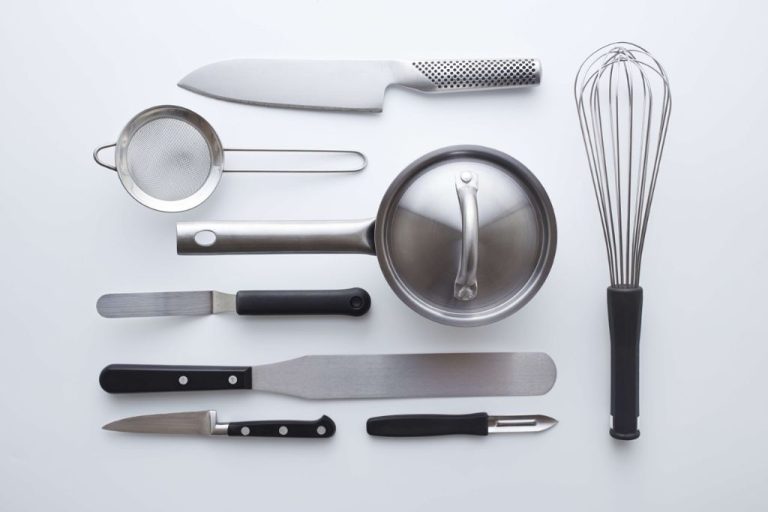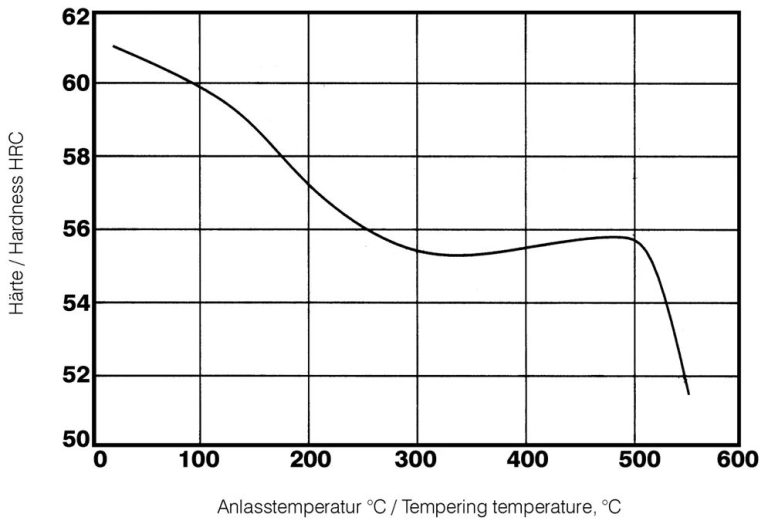How Are Chillums Made?
A chillum is a straight, conical smoking pipe traditionally used in India. The word “chillum” comes from the Hindustani word “chilam” meaning “pipe.” Chillums have been used in India for centuries and are an important part of many spiritual practices. They are closely associated with sadhus (holy men) who often use chillums for marijuana or tobacco.
Chillums hold cultural and religious significance in India. Many Hindus believe that chillum smoke connects them to Shiva, one of the major deities in Hinduism who is often depicted holding a chillum. Chillums are used by Naga Sadhus, a sect of Hindu ascetics, as well as by some Sufis and Rastafarians.
Traditionally chillums were made from clay but today they can be made from materials like glass, stone, and metal. The size and shape varies but most are around 6-10 inches long with tapered ends. Chillums are designed to be smoked in groups, with one person filling the chillum then passing to others who share it.
Choosing Materials
When making a chillum, the most important choice is which material to use. There are several common options, each with their own advantages and disadvantages.
Clay is one of the most popular and traditional materials for chillums. It’s inexpensive, easy to work with, and produces a smooth smoking experience. However, clay chillums are relatively fragile.
Glass provides an attractive, transparent look while being very durable. On the downside, glass can get very hot when smoking. Skill is also required to properly craft a glass chillum.
Various stones can be carved into chillums like soapstone, marble or agate. Natural stone gives a crystalline, earthy look and retains less heat than glass. But stones are challenging to sculpt smoothly and evenly.
Metals like brass, steel or aluminum allow for intricate designs. Metal chillums are quite sturdy. The drawbacks are that they can get hot, and metal can impart a slight taste.
When selecting a material, smokers should weigh factors like aesthetics, durability, heat management and flavor purity. Personal taste in appearance and smoking experience ultimately determines the best material for each individual.
Clay Chillums
Clay is one of the most commonly used materials for making chillums due to its low cost and malleable nature. There are several types of clay that can be used:
Types of Clay
Earthenware: An inexpensive, porous clay that fires at lower temperatures. It’s easy to work with but prone to chipping.
Stoneware: Denser and less porous than earthenware with higher firing temperatures. Provides increased durability.
Porcelain: A fine, white clay that fires at very high temperatures. Porcelain produces delicate, translucent chillums.
Throwing on a Wheel
One method of shaping clay chillums is throwing on a pottery wheel. This involves centering a ball of clay on the wheel and using controlled movements to shape it into a cylinder. Extra clay can be added and shaped into the chillum bowl and mouthpiece.
Hand Sculpting
Chillums can also be hand sculpted without a pottery wheel. The clay is rolled into ropes and coils then joined together by smoothing seams with fingers or a tool. Details are sculpted by hand using various clay shaping tools.
Glazing and Firing
After drying, clay chillums are fired in a kiln to harden the clay. Glazes can be applied before firing to create colored finishes and designs. Multiple firings may be required to achieve desired effects. Firing temperatures vary based on clay type.
Glass Chillums
Glass chillums are made through the intricate process of glassblowing. Glassblowers expertly shape molten glass into the chillum form using specialized tools and equipment.
The most common types of glass used for chillum making are borosilicate and soft glass. Borosilicate glass, like Pyrex, has high heat resistance. Soft glass includes varieties like soda-lime glass. Soft glass is easier to work with for detailed chillum designs.
Once the glassblower shapes the chillum, it must go through an annealing process. Annealing allows the glass to cool slowly, which prevents cracks and breaks. The glass is heated in a specialized oven, then cooled at a controlled pace.
With glassblowing expertise and proper annealing, glass chillums provide a sturdy, heat-resistant, beautifully crafted smoking experience.
Stone Chillums
Stone, especially semi-precious gemstones, is a popular material for hand-carved chillums due to its natural beauty and resistance to heat. Common stones used for chillum-making include amethyst, rose quartz, agate, jasper, and many others. Soapstone is also widely used as it is a relatively soft stone that is easy to carve.
Making a stone chillum requires patience and specialty carving tools. A rotary tool with diamond or silicon carbide drill bits is used to hollow out the interior bowl. Diamond-coated abrasive pads and grit polishing compounds gradually refine the surface to a smooth polish. A ring saw may be used to slice thin sections for easier drilling. Allowing time for frequent cleaning and inspection is key to avoiding cracks or flaws.
The greatest challenge in stone chillum creation is drilling an even, centered smoke channel from the bowl through the mouthpiece. A flexible shaft rotary tool allows controlled boring through the narrow stem. Slow drilling with progressive bit sizes reduces risk of cracks, chips or deviation. Skill is required to maintain straight drilling alignment through the entire length of the chillum.
Metal Chillums
Metals like steel, stainless steel, aluminum, brass, and copper can all be used to make chillums. Metalworking allows chillums to be crafted into elaborate shapes and designs. Here are some key points about metal chillums:
Steel and stainless steel are durable options but can transfer heat when smoking. Aluminum is affordable and lightweight but also transfers heat. Brass and copper allow for more intricate detailing but are softer metals.
Chillums are usually crafted from metal rods or sheets using machining and fabrication techniques like welding, brazing, stamping, and metal spinning. Computer numerical control (CNC) machining enables complex shapes.
Safety is important when using metal chillums. Avoiding lead, zinc, and toxic alloys is crucial. Proper cleaning between uses prevents residue buildup. Letting chillums cool fully before handling prevents burns. Using screens or filters prevents scoobies inhalation.
Mouthpieces
The mouthpiece is one of the most important parts of a chillum pipe. It is the end that the smoker places their lips on to inhale from the pipe. Mouthpieces can be made from various materials and shaped in different ways.
Common materials used for chillum mouthpieces include clay, glass, stone, metal, wood, bone, and plastic. Clay is an excellent material because it can be easily shaped and decorated. Glass and stone allow for smooth mouthpieces. Metals like brass can create elegant detailing. Wood and bone provide an organic look. Plastic is inexpensive but higher quality plastics can be used.
The size and shape of the mouthpiece affects the smoking experience. Larger diameters allow for easier inhalation while smaller diameters create more resistance and control over airflow. Round, oval, and rectangular shapes are common. Grooves, notches, and shaping on the exterior can improve grip and comfort.
Crafting the mouthpiece is an artform. A well-designed mouthpiece compliments the overall chillum shape and matches the quality of the materials used. Precision drilling and smoothing creates a seamless experience. The connection between the mouthpiece, chamber, and stem should be expertly executed. Overall, the mouthpiece represents the skill and vision of the chillum maker.
Decoration
Chillums can be decorated in various ways to make them more visually appealing. Some popular decoration techniques for chillums include:
Glazing
Clay chillums are often glazed to give them a glassy, glossy finish and vibrant colors. Glazes like high-fire glazes are applied to the outer surface of the chillum before firing to permanently fuse colors and patterns onto the clay.
Painting
Acrylic or enamel paints can be used to hand-paint designs onto chillums. Paintings may include geometric patterns, animals, spiritual symbols, etc. Paint provides a way to add color while retaining the natural texture of the underlying material.
Carving
Chillums made from wood, stone or clay can be carved with designs, textures or patterns. Intricate carvings require great skill but can create beautiful detailed artwork on the outer surface.
Inlay
Crushed stones, minerals, metals or colored clay can be inlaid into the surface of a chillum as decoration. Inlaying creates colorful and textured designs by contrasting the inlaid materials with the base material.
Embellishments
Chillums can be embellished with additional decorative elements like beads, sequencing, wrapped threads, feathers, etc. These accessories are attached to the chillum to enhance its appearance.
Quality Control
Quality control is an important part of chillum manufacturing to ensure the products are safe and function properly. Here are some of the key quality control checks performed:
Testing for Leaks
Chillums are tested to ensure there are no air leaks. Leaks can affect the airflow and performance of the chillum. Each chillum is inspected to make sure joints and connections are air-tight.
Testing Airflow
The draw and airflow is tested on every chillum. Makers will test to ensure the airflow is smooth and at the desired level. Testing the airflow ensures an optimal smoking experience.
Safety Checks
Safety is a top priority, so chillums undergo checks to ensure there are no hazardous materials or defects. This includes inspecting for sharp edges, weak points, cracks, or anything that could potentially harm a user. Strict safety protocols protect consumers.
Conclusion
The chillum making process involves careful selection of materials, skillful shaping and construction, and artistic embellishment. While simple in design, a well-crafted chillum requires expertise passed down through generations. The pride chillum makers take in their work is evident in the beauty and durability of the final product.
More than just a smoking device, the chillum holds significance in many cultures. Its elegant shape is pleasing to hold and inhale from, encouraging contemplation and connection. The chillum maker’s attention to detail ensures that each chillum is unique – a functional work of art. With care and respect, a handmade chillum will provide enlightened experiences for years to come.
From cleansing rituals to meditation aids, chillums allow smokers to focus their intentions and achieve altered states with intention. The chillum making tradition honors cannabis consumption as a sacred act. By supporting expert craftspeople, we elevate cannabis culture.





